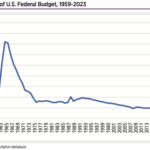2012
Orbital Launch Attempts, 1957-2023


The number of U.S. launch at- tempts climbed from 87 in 2022 to 116 last year. The number of U.S. launches has more than doubled since 2021, which saw 51 launch attempts.
Leap Second Adjustments to UTC, Navigation Satellites, 1972-2023


But every technological leap in clock accuracy can’t overcome the wobbly planet’s ability to throw off timing standards. Using leap seconds, the International Bureau of Weights and Measures has changed clocks to match the astronomical time on Earth 27 times.
Japanese Workforce by Sector, 2005-2021
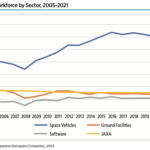
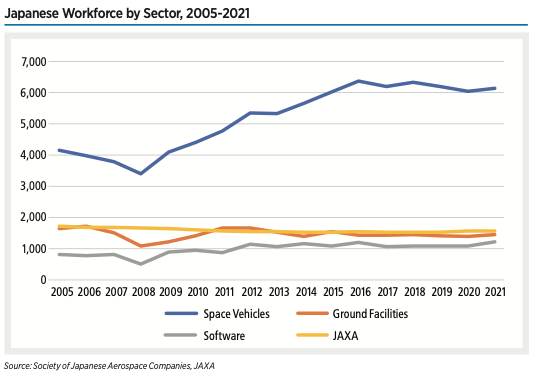
JAXA employed 1,580 individuals at the beginning of 2023. Out of this total, 1,123 (71%) are engineering and research employees. Even though Japan as a whole is struggling with an aging population, JAXA’s age demographics are more normally distributed than many other nation’s space agencies.
University Nanosatellite Launches Skyrocket Over Past Decade

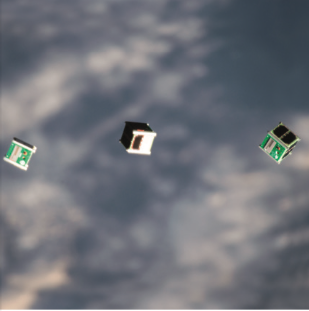
Universities across the globe are building an increasingly large presence in space by attaching student satellite projects to launches. Since the advent of nanosatellites and CubeSats, the barrier to space entry has never been lower for students.
NASA Share of U.S. Federal Budget, 1959-2023
Male vs Female Astronauts, 1961-Sept. 8, 2023
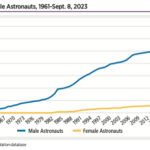
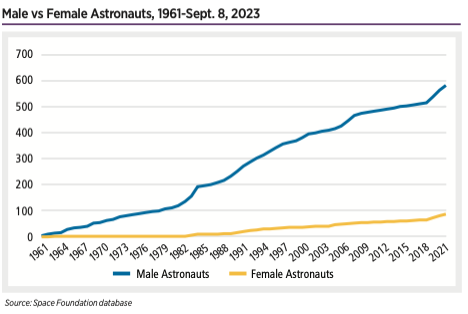
The most significant human spaceflight trend in recent years has been a shift to focus on diversification.
India Department of Space Employment, 2012-2022
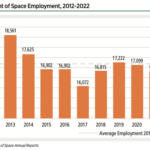

India has traditionally maintained a large government workforce relative to its private space workforce. However, in recent years, the Indian government has been working to grow its commercial space sector.
Japanese Space Workforce, 2011-2021
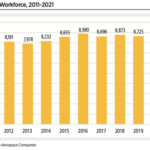
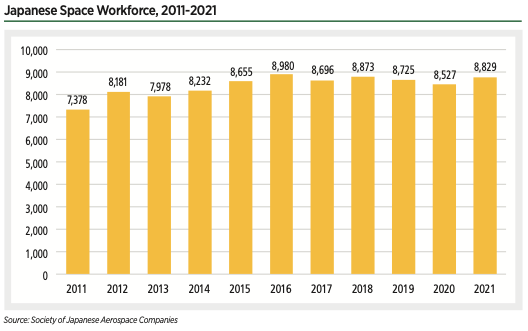
Japan saw growth across all three of these sectors in the past year, with the largest growth, 12.8%, in software.
European Space Industry Employment, 2012-2022


Eurospace collects data through an annual survey of nearly 500 space organizations in Europe. Its analysis focuses on manufacturing of space systems, including launchers, spacecraft, and ground segments.
Space Workforce Trends in the United States, Europe, Japan, and India
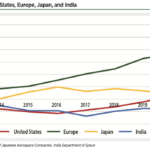

The United States, Europe, and Japan have all seen net growth in their space workforce over the past decade, with steady increases in Europe, and more varied trends in the United States and Japan.
